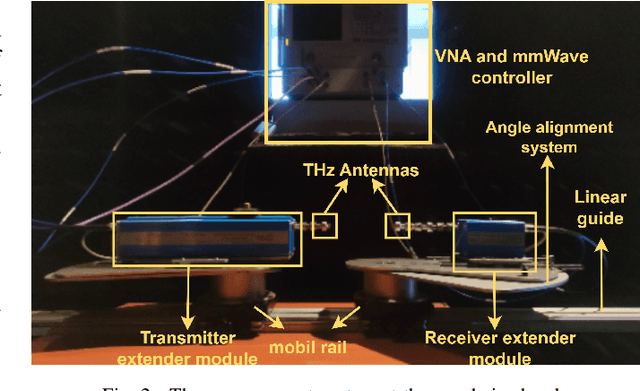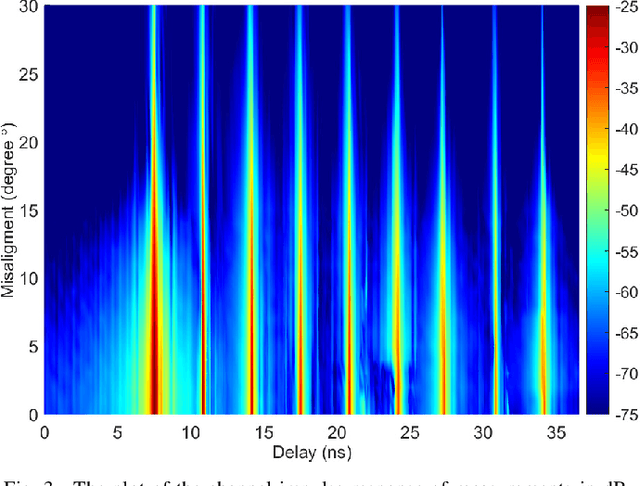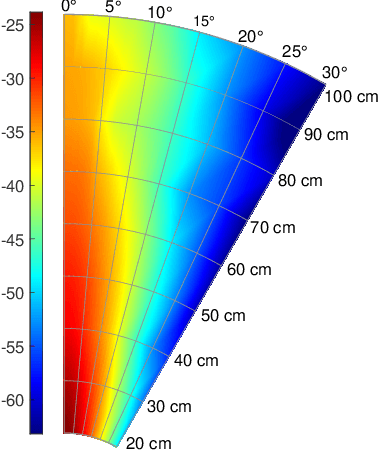Measurement-Based Modeling of Short Range Terahertz Channels and Their Capacity Analysis
Paper and Code
Jun 14, 2023



In this work, extensive propagation characteristics of short range 240 to 300 GHz terahertz (THz) channels are mapped based on a measurement campaign conducted utilizing a novel, task specific measurement system. The measurement system allows collecting measurements from different distances and orientations in a very fine grained resolution, which is a particular issue in achieving realistic THz channel estimation. After the accurate measurement results are obtained, they are investigated in terms of channel impulse and channel frequency response. Furthermore, the fading channel amplitude histograms are modeled with the Gamma mixture model (GMM). The expectation-maximization (EM) algorithm is utilized to determine the corresponding mixture parameters. Also, to demonstrate the flexibility of the GMM, the Dirichlet process Gamma mixture model (DPGMM) is utilized in cases where the EM algorithm fails to represent histograms. Moreover, the suitability of the GMM is evaluated utilizing Kolmogorov Smirnov tests. Results verify that the GMMs can simulate the fading channel of micro-scale THz wireless communication in a realistic way, providing important implications regarding the achievable capacity in these channels. Finally, the average channel capacity of each link is evaluated using the probability density function of GMMs to gain deeper insight into the potential of micro-scale THz communications.
 Add to Chrome
Add to Chrome Add to Firefox
Add to Firefox Add to Edge
Add to Edge